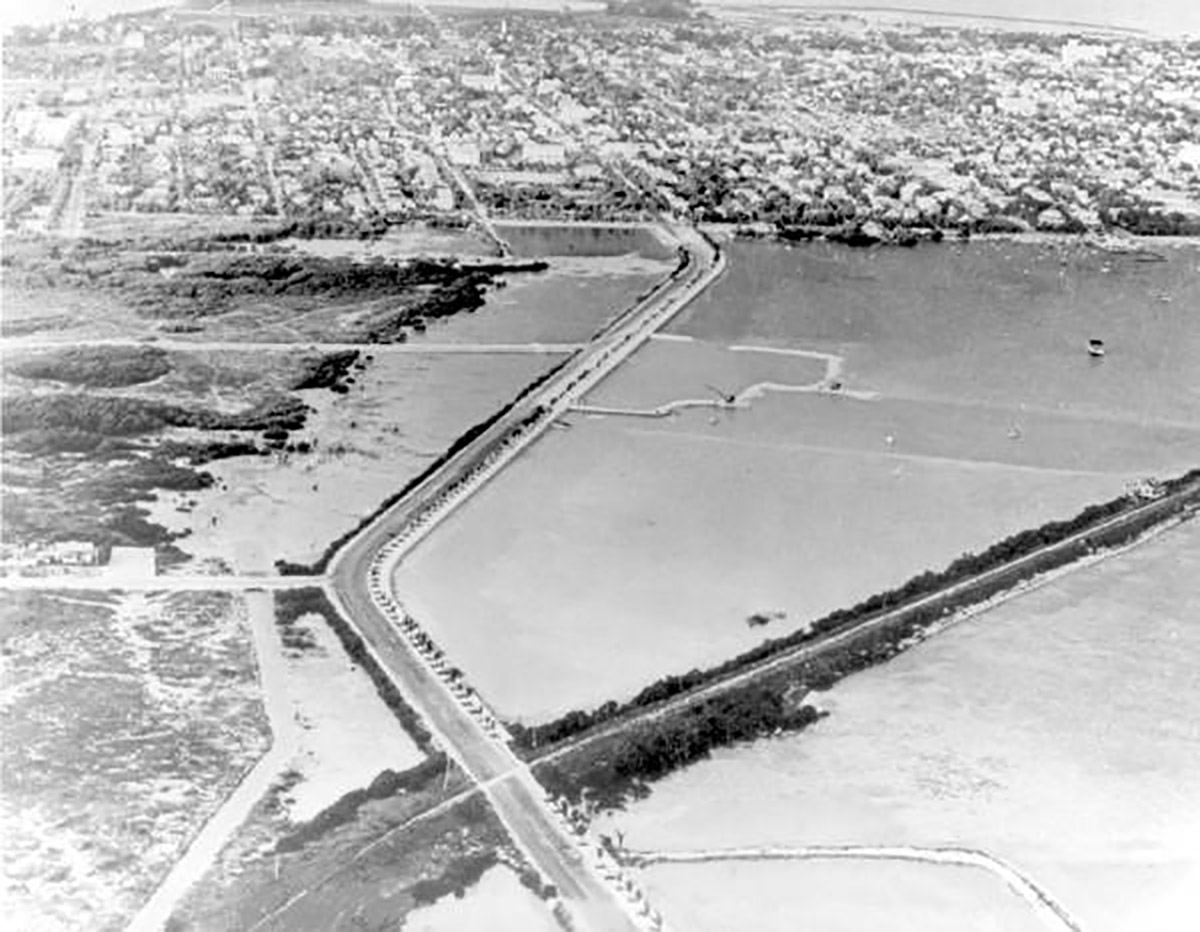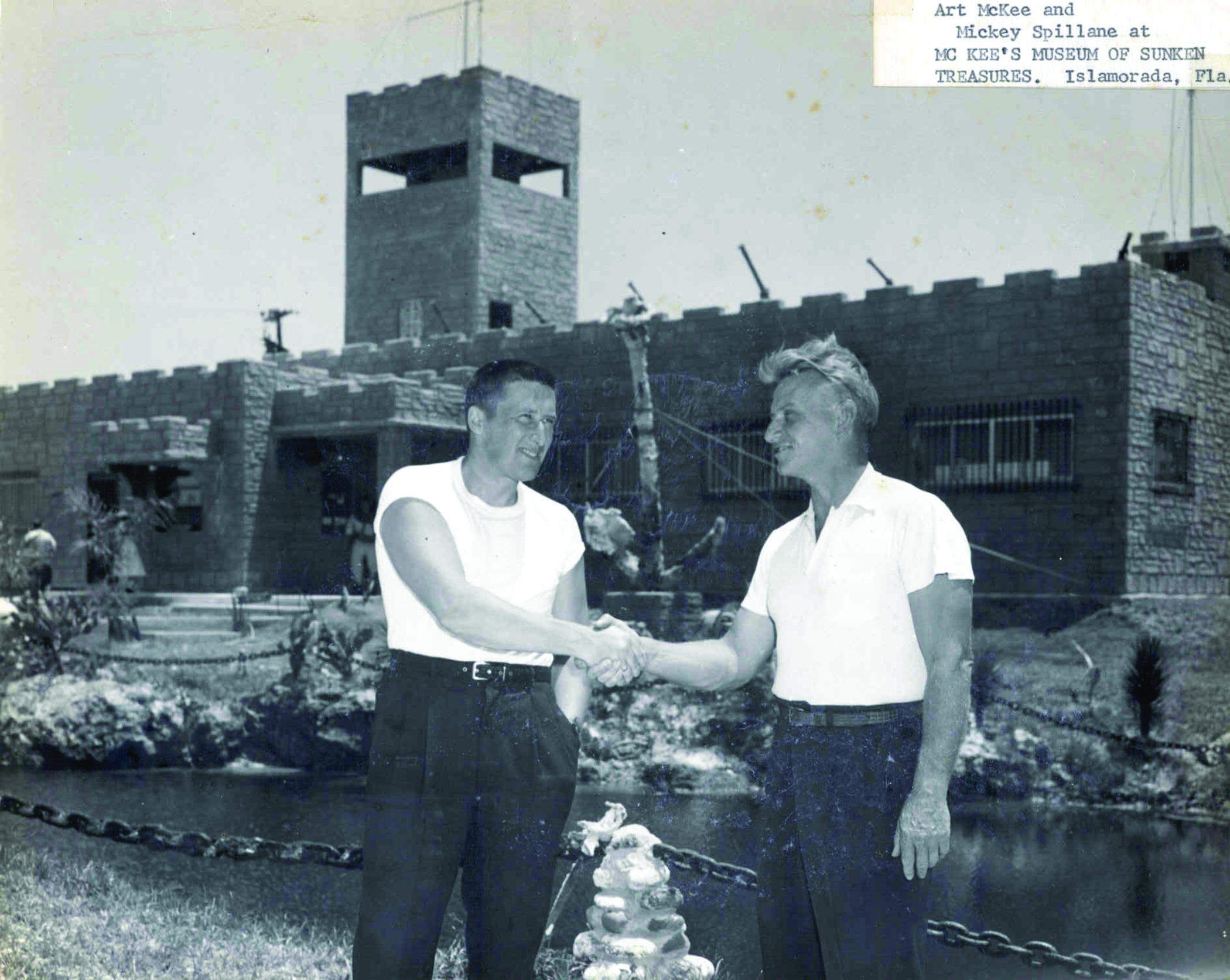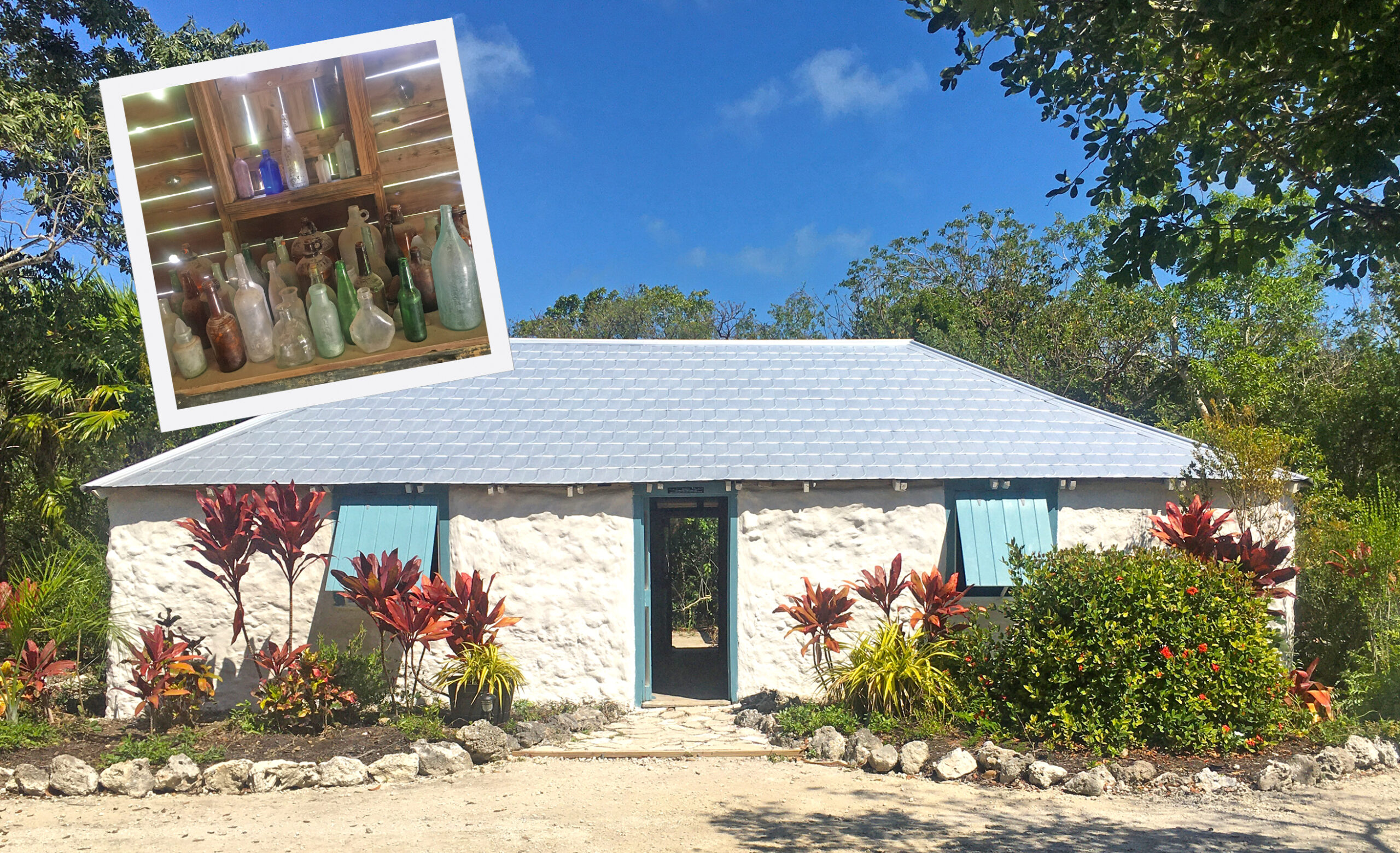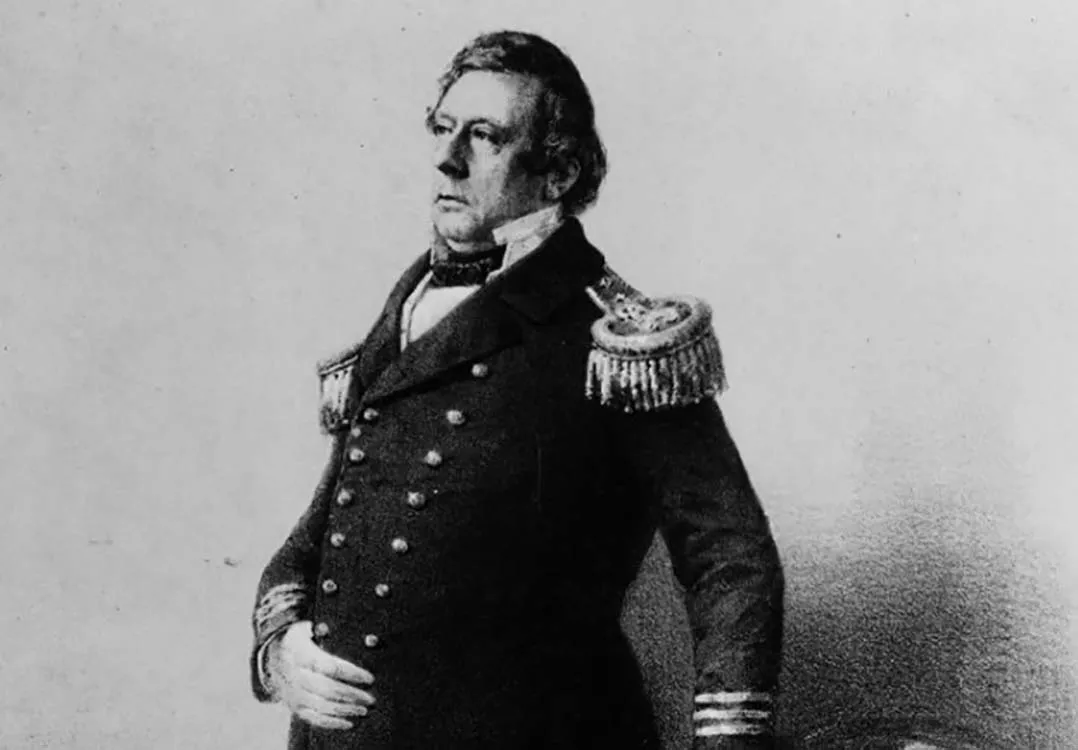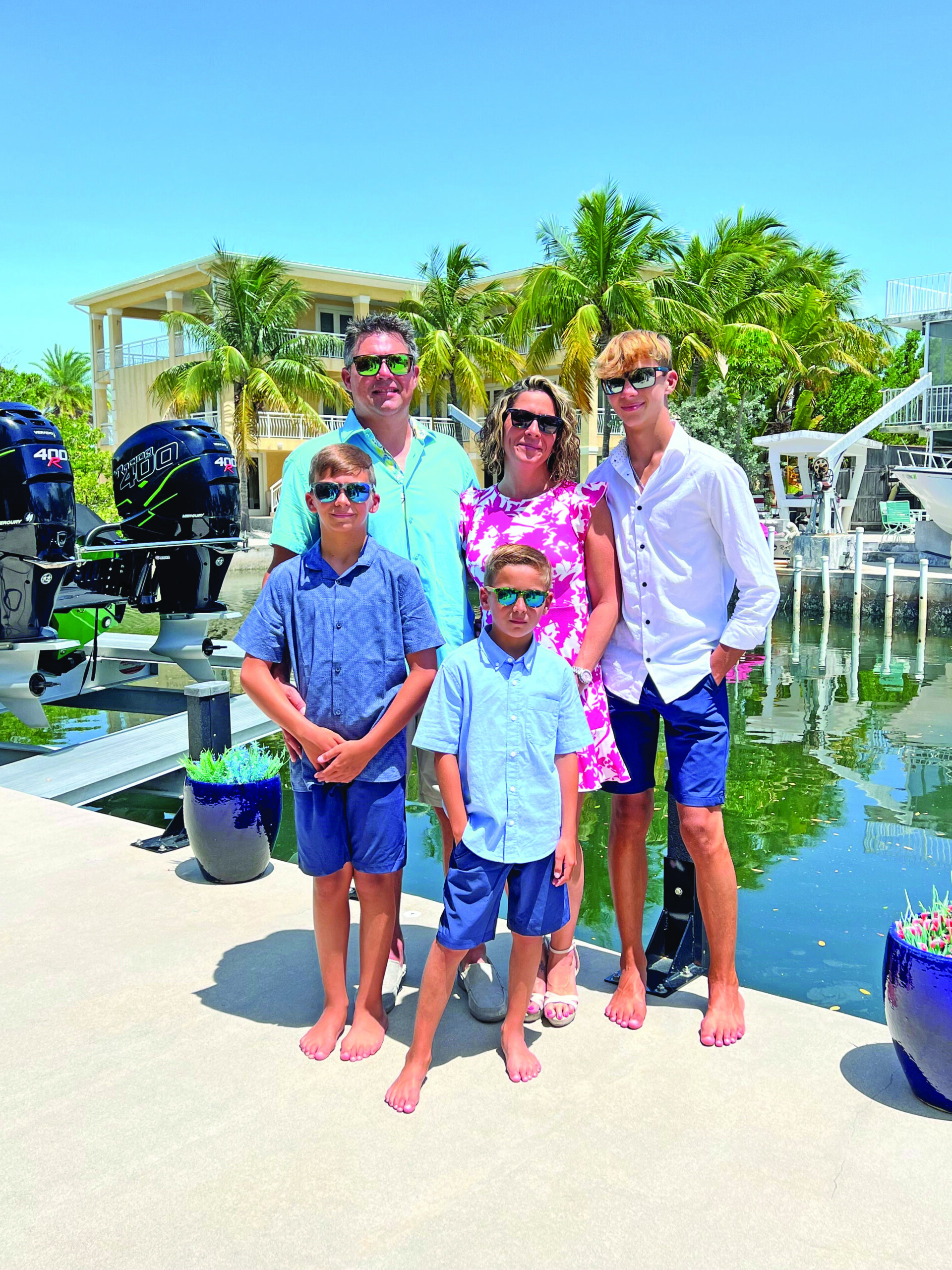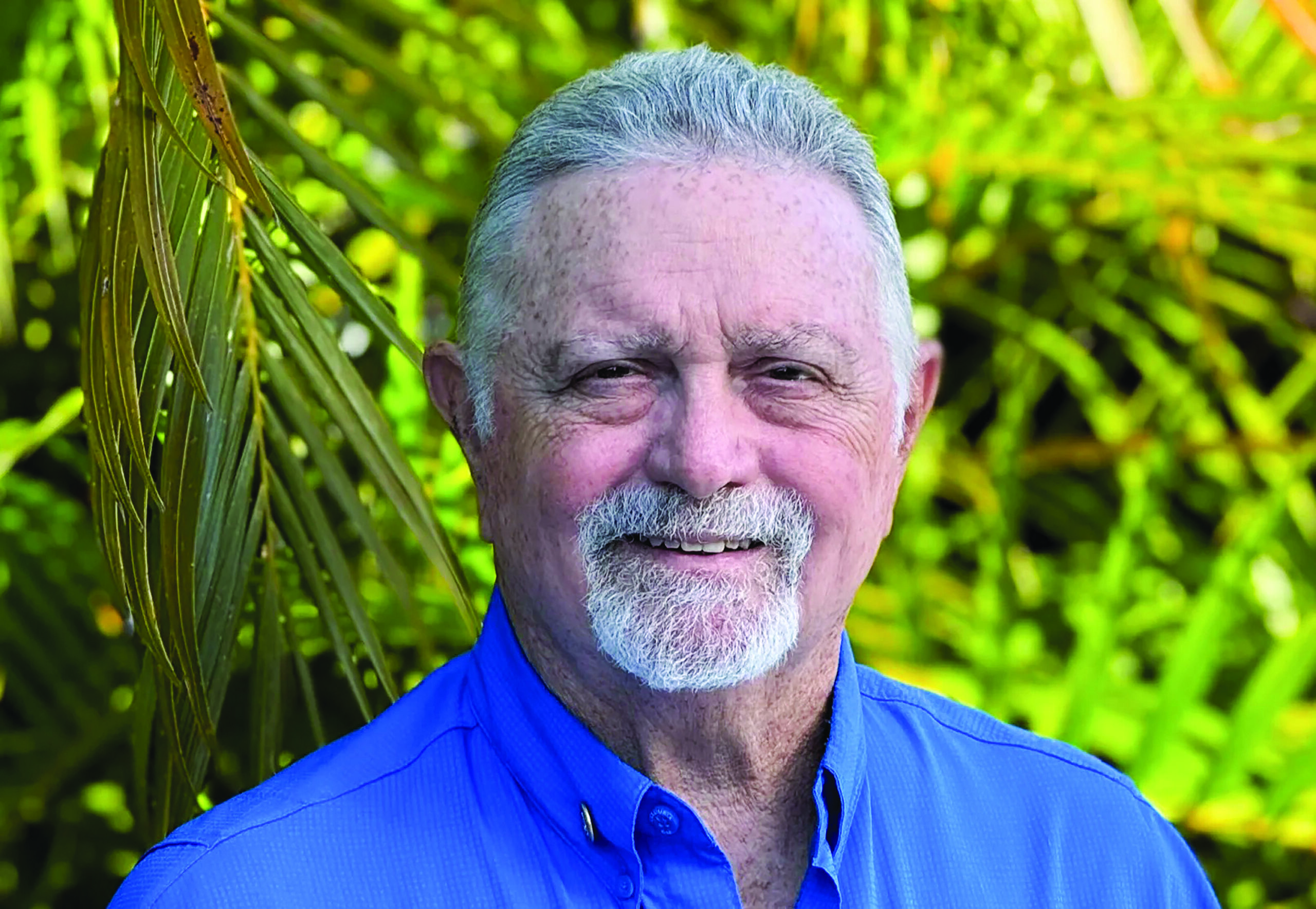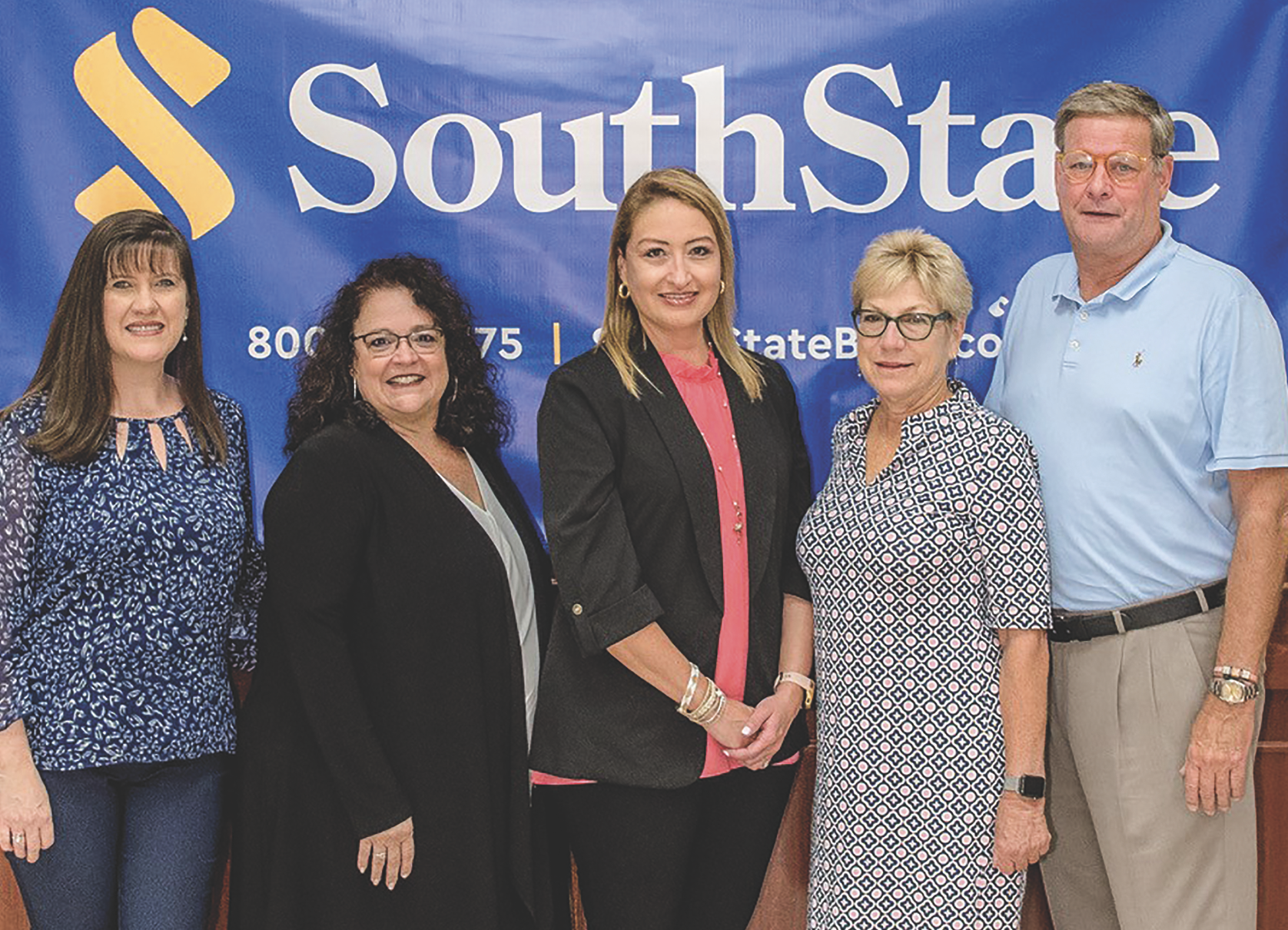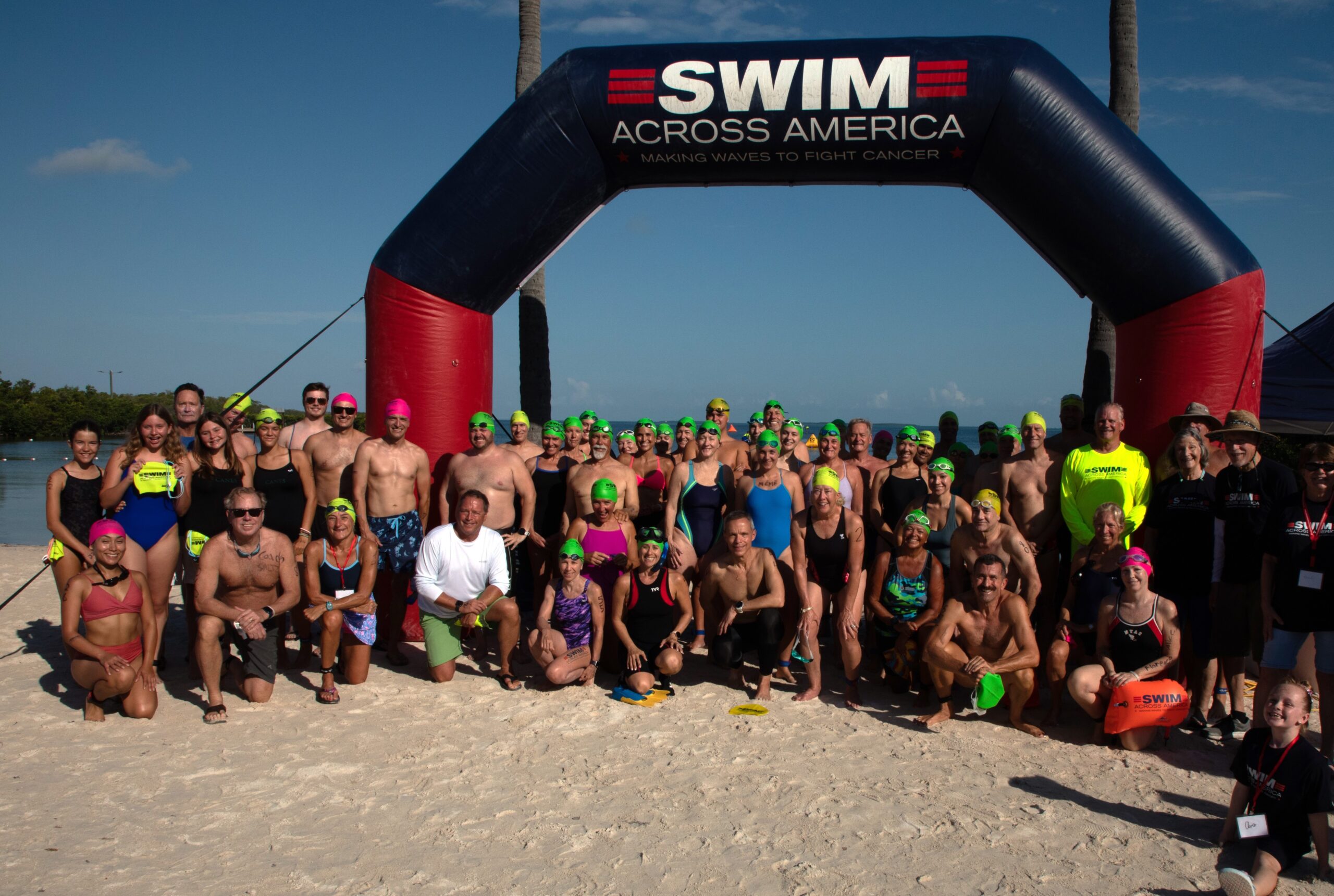Donald Trump, the 45th U.S. president, arrived on Air Force One on April 19, 2018 and spent two hours in Key West, with the main goal of receiving a briefing on drug trafficking at the Truman Annex. He was the 17th president to visit the Keys.
The 44th U.S. president, Barack Obama, with wife Michelle and their children, visited the Ocean Reef Club in March 2014, while Russia’s annexation of Crimea, a part of Ukraine, was causing worldwide concern.
Along with these world leaders, 15 other U.S. presidents have worked, fished, sun-bathed, swam and boated in the Keys depending on their interests, and nearly every part of the Keys has enjoyed the national spotlight during a president’s visit.
The fishing presidents included the 33rd president, Harry Truman, Herbert Hoover and George H. W. Bush, the 41st president. Bush’s name is associated with the Cheeca Lodge/George Bush Bonefish Tournament which was held annually from 1994 through 2003 in Islamorada. A passionate fisherman, he started going to Cheeca Lodge in the early 1970s, and spent time there before his inauguration in late 1989. Bush was known for his down-to-earth manners and friendliness toward staff. Once on his jog along the Old Highway he encountered a student who would have quite a story to tell for the rest of his life.
According to Islamorada resident Sue Miller, while staying at Cheeca on the Old Highway, Bush went running and encountered a school bus from which kids were offloading. Bush stopped and asked a young lad if he wanted to run with him. The child responded, “My mother doesn’t let me go anywhere with strangers.” Bush told him who he was and said after the jog, he’d accompany the young man to his doorstep, speak with his mother and assure her that everything was O.K. The kid agreed and they jogged. When Bush spoke to the mom at her doorstep, the mom was shocked!
Before Cheeca Lodge, the resort built in 1946 was named the Islamorada Olney Inn owned by Clara May Olney. Her first guest in March 1960 was President Harry S. Truman. Truman has an extensive legacy in the Keys, for he loved the southernmost city’s residents and the Little White House in Key West, in which he could relax, play poker and the piano, and conduct world affairs.
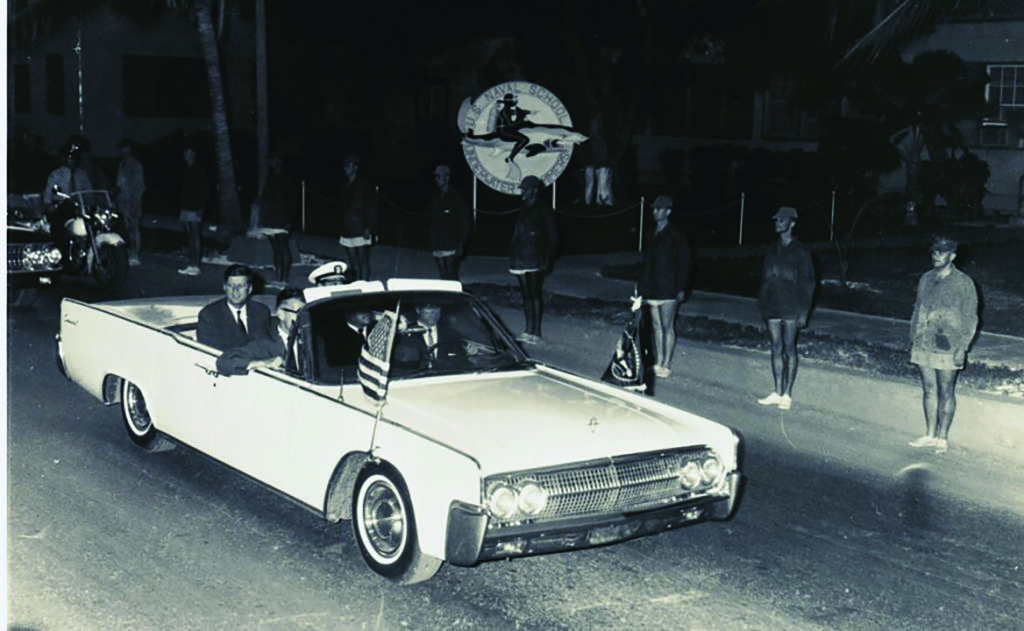 Counting Jefferson Davis, the Confederacy president who visited the Keys in 1867, Historian Jerry Wilkinson chronicled other important Keys visitors: Ulysses S. Grant (1860), Grover Cleveland (1889), William Howard Taft (1912), Calvin Coolidge (1928), Herbert Hoover (1920-57), F.D. Roosevelt (1939), Dwight Eisenhower (1955), Truman (1946-67), J.F. Kennedy (1962), Nixon (1970-74), Gerald Ford, Jimmy Carter, Bush (1989-92), and Bill Clinton.
Counting Jefferson Davis, the Confederacy president who visited the Keys in 1867, Historian Jerry Wilkinson chronicled other important Keys visitors: Ulysses S. Grant (1860), Grover Cleveland (1889), William Howard Taft (1912), Calvin Coolidge (1928), Herbert Hoover (1920-57), F.D. Roosevelt (1939), Dwight Eisenhower (1955), Truman (1946-67), J.F. Kennedy (1962), Nixon (1970-74), Gerald Ford, Jimmy Carter, Bush (1989-92), and Bill Clinton.
Wilkinson noted Nixon and Ford were visitors of the Ocean Reef Club, and Nixon liked to dine at the former Marvin’s Restaurant on Lake Surprise with his friend Bebe Rebozo.
Davis, of the Confederate States, was on his way to Cuba to recuperate from his stay in a Union prison, said Wilkinson.
Taft, in charge of the construction of the Panama Canal, was in Key West en route to inspect the project.
Certainly, Truman was among the presidents who loved the Keys the most. From 1946 to 1953, Truman utilized the Little White House for 11 “working vacations,” said his grandson Clifton Truman Daniel. “The visits lasted anywhere from a few days to a few weeks and the pace was relaxed. Grandpa and his staff worked, but left plenty of time for swimming, napping, sipping bourbon and playing poker.”
Daniel wrote, “In Key West, Grandpa could be himself, let his hair down, wear a loud Hawaiian shirt… [Truman] was delighted to have found the perfect haven from the pressures and posturing of a hectic world… [He] once said, ‘I’ve a notion to move the capital to Key West and just stay.’”
The 35th president, Kennedy, met with England’s Prime Minister Harold McMillan in early 1962 at the Little White House, and visited again in 1963 just after the Cuban Missile Crisis.
 Hoover, the 31st president, visited the Keys for 37 years and was an avid fisherman. He may have needed frequent getaways from Washington, D.C., since he became president at the onset of the Oct. 29, 1929 stock market crash. Hoover’s “handling of the 1931 World War I veterans’ Bonus March on Washington did not endear him to public opinion,” wrote Wilkinson. Three years later, the Upper Keys received about 800 veterans to build highway bridges to replace ferry boats.
Hoover, the 31st president, visited the Keys for 37 years and was an avid fisherman. He may have needed frequent getaways from Washington, D.C., since he became president at the onset of the Oct. 29, 1929 stock market crash. Hoover’s “handling of the 1931 World War I veterans’ Bonus March on Washington did not endear him to public opinion,” wrote Wilkinson. Three years later, the Upper Keys received about 800 veterans to build highway bridges to replace ferry boats.
The historian subsequently noted Roosevelt visited in 1944 to inspect the newly-improved Overseas Highway.
But, back to Hoover. In a book entitled Hoover, the Fishing President, by Hal E. Wert, the president and his entourage fished offshore of Long Key in February 1930 and made a competition of it. In search of sailfish primarily, the goal was to catch the biggest one. To protect the president, two Coast Guard cutters were positioned in front and to the rear of his vessel. A mere mile offshore, the fishing began. Trolling with a chunk of mullet as bait, Hoover patiently let the sail play. “…He was patient and let out line as needed…. When the seven-foot fish broke water, Hoover knew it was hooked. The feisty 45-pounder took him a half hour to land… For Hoover, deep-sea fishing with a good friend was the height of sport.”
The next day after sunrise, the author continued, Hoover and friends fished in Alligator Lake after “sailing through” Snake Creek, but this time “for the icebox, as he liked to say.” Bonita, mackerel and barracudas were caught. The next day, the women were out fishing as well and Mrs. Stone hooked a sail that bent her rod in half. It weighed 66 pounds. A subsequent day, Mrs. Hoover reeled in a 38-pound sailfish in 20 minutes, Wert reported.
Calling Hoover an intensely private and shy man, Wert said on later trips to Florida, he stalked bonefish and permit as well as offshore species.
– Article Contributed by: Jill Zima Borski


